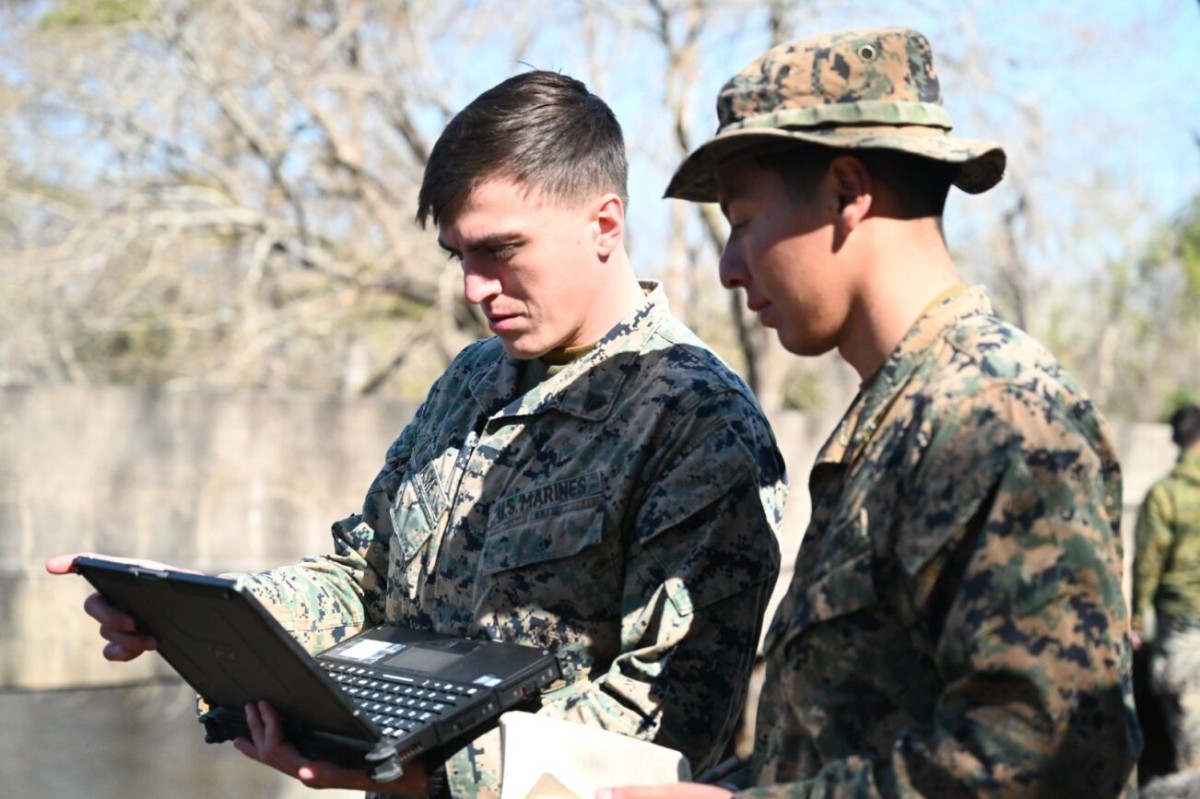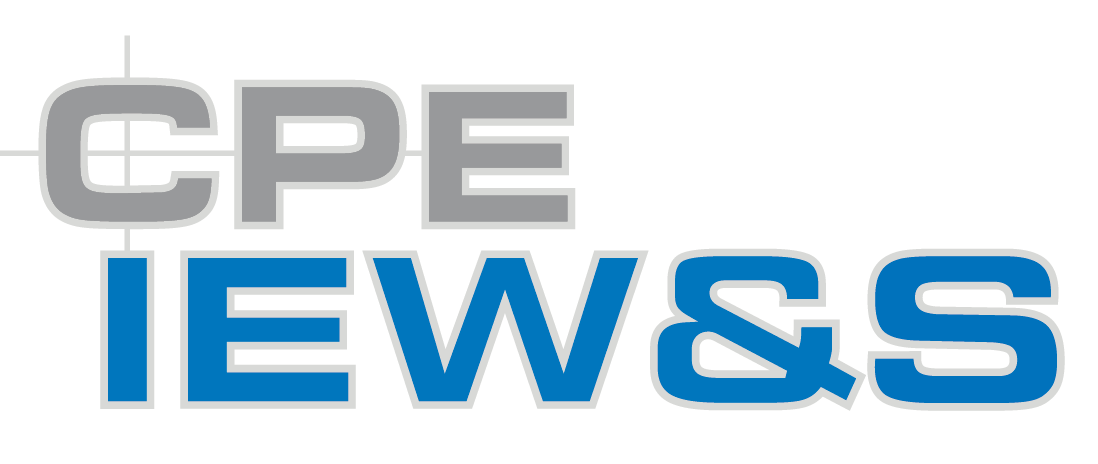By M. Scott Bortot

Marines employ ENFIRE’s suite of capabilities during a demonstration at Oak Grove auxiliary landing field in North Carolina. (Photo Credit: PEO IEW&S Strategic Communications Directorate)

Components of the ENFIRE kit used by Army and Marine engineers. (Photo Credit: PEO IEW&S Strategic Communications Directorate)

ENFIRE sees beyond human sight. Here is a partial section of a tank point cloud with colors rendered from ENFIRE technology. (Photo Credit: Project Manager Terrestrial Sensors)
Once upon a time, Army and Marine engineers used pen and paper to recon and map field terrain. Today, ENFIRE has revolutionized that approach.
“ENFIRE is one of the critical technologies that we have provided in support of combat engineers,” said Lareina Adams, the Project Manager for Terrestrial Sensors (PM TS). “It is an absolutely phenomenal tool and capability for the Army, and the Marine Corps.”
Adams attended a Technical Concept Experiment (TCE) in February at the Oak Grove auxiliary landing field in North Carolina, where about 60 Marines tested ENFIRE’s capabilities in the field.
ENFIRE, an acronym for Instrument Set, Reconnaissance and Surveying, is managed by PM TS’s Product Director Combat Terrain Information System (CTIS) office.
ENFIRE supports Soldiers by expediting deliberate route, area and zone reconnaissance, route clearance, hazard identification, inventory, and construction management efforts through the integration of digital tools into a single platform.
It is used widely in the Army. USMC Engineers also utilize ENFIRE in terrain mapping and engineering operations. Currently, 2,324 ENFIRE kits are fielded to the Army and 237 to the Marines.
CTIS participates in events with the Marines to evaluate modernization concepts and gain end user insights early in the integration process.
PM TS procures, fields, and supports numerous state-of-the-art ground sensor systems globally, including within the United States at the southwestern border and in the National Capital Region.
“PM TS has a wide portfolio of technologies and historically has supported COIN [counterinsurgency operations] operations,” Adams said. “The benefit of attending these sorts of exercises is to learn what is on the horizon in terms of technology, how we can potentially apply it, and then tie those technologies to the emerging requirements we hear about on the combat developers’ side.”
The Marines at the Oak Grove landing field tested ENFIRE in scenarios and conditions to include mapping the terrain of forests, waterways, bridges, and buildings, that elicited the system’s full capabilities.
Jeremy Wasson, the CTIS ENFIRE Technical Lead, said a TCE provides an excellent opportunity to work with Marines equipped in the field.
“My team gets a great understanding of how their product works, real world. How the software works when a Marine or Soldier is wearing a weapon, and body armor, and gloves it helps our folks get a better perspective on how the tool is employed,” Wasson said.
Beyond providing enhanced reconnaissance, ENFIRE also keeps Marines and Soldiers out of harm’s way as they can operate much of the equipment from vehicles.
“All the equipment replaces formally manual methods and makes the process much more efficient while keeping Soldiers and Marines safe,” Wasson said.
Demonstrations like the one at Oak Grove landing field provide a listening opportunity between engineers, product managers, and the people who employ our systems.
“I don’t think that any development effort should happen without the engagement of the Soldier in the process… it’s not until you build that technology, apply it and get feedback that you’ll know how it’s actually going to be used,” Adams said.
ENFIRE has evolved five times since its 2009 launch, adding new technologies and capabilities, thanks to Soldier feedback. Recent enhancements include upgraded hardware and software, new laser range finders, and a faster laptop.
Wasson explained that some tasks still require users to exit vehicles to measure underneath a bridge to calculate military load classification, for example.
“The goal in the future is to automate that as well and keep Marines and Soldiers in the vehicle at all times,” he said.


